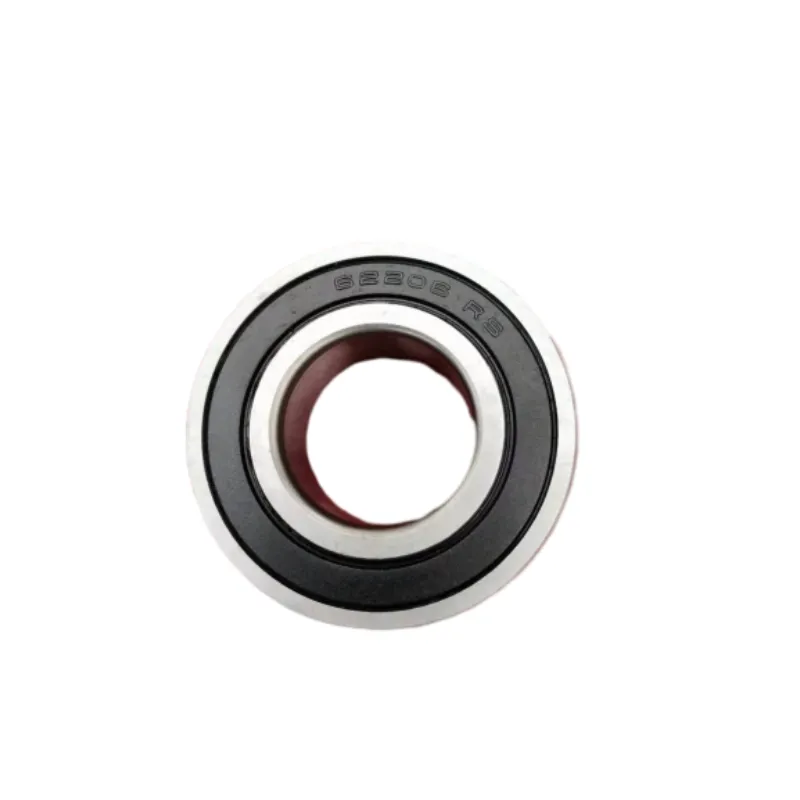
Dec . 12, 2024 09:54 Back to list
bearing contact
Understanding Bearing Contact
Bearings are critical components in machinery and equipment, facilitating smooth rotational or linear movement while minimizing friction. The concept of bearing contact is central to the operation and longevity of these components. This article delves into the nuances of bearing contact, its significance, types, and factors affecting performance.
What is Bearing Contact?
Bearing contact refers to the interaction between the moving parts of a bearing, specifically, the surfaces that are in direct contact. This contact can be defined by various parameters, including area, pressure, and type of movement (rotational or linear). The quality and nature of this contact significantly influence the overall performance and efficiency of the bearing system.
Types of Bearing Contact
1. Point Contact This type occurs in rolling element bearings, such as ball bearings, where the contact between the rolling element and the raceway is limited to a small area. Point contact leads to lower friction but can generate high localized pressure. It is essential for reducing wear and tear in dynamic applications.
2. Line Contact Found in cylindrical roller bearings, line contact involves a longer contact surface along the raceway. This type distributes loads over a greater area, resulting in better handling of axial and radial loads but can increase friction compared to point contact.
3. Surface Contact This generally occurs in plain bearings or sliding contact bearings, where two surfaces slide against each other. While this method can manage considerable loads, it typically presents higher friction, leading to heat generation and wear. Proper lubrication is crucial in these systems to mitigate wear.
Factors Influencing Bearing Contact
bearing contact

The type of load—radial or axial—exerted on the bearing significantly affects contact behavior. Radial loads tend to push perpendicular to the axis of rotation, while axial loads apply parallel forces. Understanding these loads is key to selecting the right bearing type to ensure optimal contact quality and performance.
2. Lubrication
Lubrication plays a pivotal role in bearing contact. It reduces friction, facilitates heat dissipation, and helps protect the surfaces from wear. The choice of lubricant—whether oil, grease, or solid lubricant—depends on factors like operating conditions, temperature, and environmental considerations. Proper lubrication maintains the integrity of bearing contact, thus prolonging the lifespan of that component.
3. Material Selection
The materials used for bearing surfaces influence contact performance. Common materials include steel, ceramics, and composites, each offering unique attributes regarding hardness, durability, and friction characteristics. Appropriate material selection is essential for achieving the desired balance of strength and low friction in contact areas.
4. Manufacturing Tolerances
Precision in manufacturing affects how components fit together in a bearing assembly. Tight tolerances can ensure proper contact and alignment, while poor tolerances may lead to uneven wear or failure under load. It is critical to maintain high standards during the manufacturing process to ensure optimal bearing performance.
Conclusion
Bearing contact is a fundamental concept in the field of tribology, where the interaction of surfaces under load is studied comprehensively. Understanding the types of contact, the factors influencing them, and their implications on performance can guide engineers and designers in selecting and maintaining bearings for various applications. As industries continue to evolve, advanced materials and lubrication technologies will enhance bearing performance, ensuring more efficient and durable machinery. The significance of bearing contact cannot be overstated, as it is integral to the reliability and efficiency of countless applications in everyday life and advanced technologies alike.
Latest news
-
Premium Deep Groove Ball Bearings | High Speed & Reliability
NewsAug.29,2025
-
Durable Scaffolding Clamps - Secure & Reliable Tube Connectors
NewsAug.28,2025
-
Common Failures in Thrust Ball Bearings and Solutions
NewsAug.22,2025
-
How Tapered Roller Bearings Can Take Shock Loads
NewsAug.22,2025
-
Angular Bearings in High-Precision Spindles
NewsAug.22,2025
-
The Impact of Misalignment on Cylindrical Roller Bearing Performance
NewsAug.22,2025
